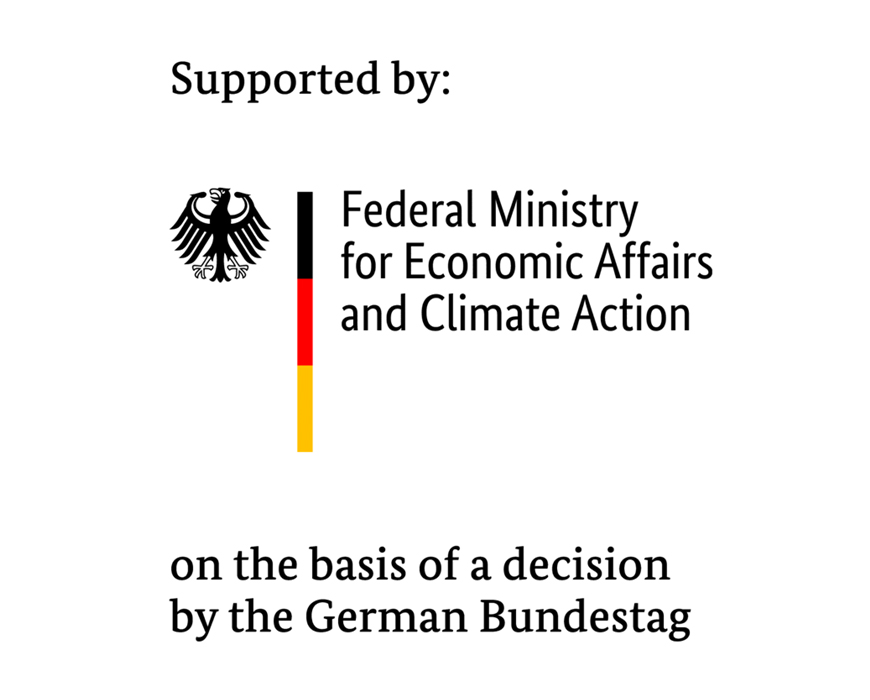| Funding: | Federal Ministry for Economic Affairs and Climate Action (BMWK) |
| Partner: | Leibniz University Hannover, Institute for Geotechnical Engineering (project coordination), Test Center Support Structures in Hanover; DEWI-OCC Offshore and Certification Centre GmbH, Cuxhaven; Federal Waterways Engineering and Research Institute (BAW), Hamburg; JÖRSS – BLUNCK – ORDEMANN GmbH, Hamburg |
| Duration: | 12/2018 – 11/2022 |
- Offshore wind is a mainstay of the energy revolution. Cost pressure in the industry makes it necessary to identify and tap savings potential.
- Support structures account for a considerable share of the manufacturing costs of an offshore wind turbine. Validated calculation methods are required for guaranteeing a safe and cost-effective design.
- At present, there is no universally applicable approach for monopile foundation subjected to long-term cyclic; this can result in additional costs in all construction phases. This is where the Ho-Pile project comes into play.
- Within the subproject ENIGMA Fraunhofer IWES is responsible for the further development of the virtual test bench and for the design and conduction of large-scale model testing. This will be used as the basis for the evaluation of existing calculation methods to predict the monopile behavior under long-term cyclic loading.
Offshore wind energy is making a decisive contribution to the success of the energy revolution. However, further expansion of wind energy usage at sea is faced with two challenges: for one thing, cost pressure is increasing as more and more governments are cutting their funding. At the same time, the technical requirements for support structures are also increasing as a result of larger wind turbines and ever greater water depths as well as complex soils.
A large share of the costs for an offshore wind turbine is associated with the foundation structure. Most of the turbines already erected at sea are constructed on top of monopiles. However, there are still fundamental uncertainties when it comes to the design requirements of these monopiles. For instance, the p-y method originally developed for the oil and gas industry has to be verified specifically and elaborately for each new design to comply with the geometry of modern monopiles. In addition, the p-y method takes loads with variable numbers of cycles and amplitudes only very simplistically into account.
The aim of the Ho-Pile collaborative project is therefore the validation and further development of a universally applicable approach for the description of the cyclic, lateral load-deformation behavior of OWEA foundation in sand. A series of large-scale tests under repeatable and fully controllable conditions will serve as database for the validation. The project results should allow a more reliable and cost-effective monopile design.
The main objectives of the Fraunhofer IWES include the expansion of the “virtual test bench” as well as the design, performance, and assessment of the large-scale model tests, which will be used as the basis for the evaluation and validation of the different calculation approaches. In this respect, the IWES will be drawing on its experiences and findings from the earlier TANDEM (Towards an Advanced Design of Large Monopiles, FKZ 0325841A) project.
The “virtual test bench” is a modelling environment in which FE methods and different analytical and empirical methods are integrated. It permits the simulation of large-scale and real-scale load testing on support structures and also takes soil-structure interaction into consideration.
The static calculation model which is already available in this digital environment will be further developed using the data collected from the tests so that effects originating from cyclic loading are also taken into account.
